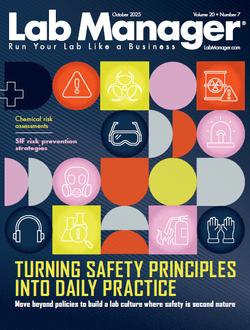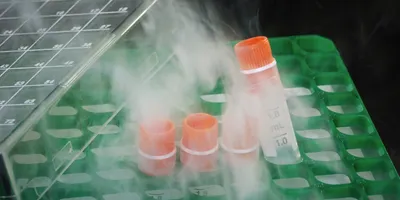Whether you're presenting at a scientific conference, leading a team meeting, or explaining your research to stakeholders, strong public speaking skills are essential for laboratory professionals. Yet many scientists feel uncomfortable or uncertain when addressing an audience.
Fortunately, public speaking is a skill that can be learned and improved over time. This article outlines 10 practical steps tailored to lab professionals who want to become more confident, clear, and impactful communicators—both inside and outside the lab.
1. Know Your Audience
Effective communication starts with understanding who you're speaking to. Consider your audience’s level of expertise, interests, and what they expect to learn from your talk. Presenting technical data to fellow researchers requires a different tone and depth than communicating findings to funding agencies or the public.
2. Structure Your Content Clearly
A well-organized presentation helps both you and your audience stay focused. Use the classic structure:
- Introduction: State your purpose and why it matters
- Main body: Present 2–4 key points with supporting data or examples
- Conclusion: Summarize and call to action or discussion
Use section transitions to signal when you're moving from one idea to the next.
3. Practice with Intention
Rehearsing your talk multiple times helps with timing, flow, and comfort. Practice out loud, and consider recording yourself to identify habits like filler words, uneven pacing, or lack of eye contact. Practicing in front of colleagues can also provide valuable feedback.
4. Focus on Clarity Over Complexity
Many scientists worry about “dumbing down” their work—but the real challenge is simplifying without distorting. Use clear language, define acronyms, and avoid excessive jargon. The goal is to make your message as accessible and compelling as possible.
5. Use Visuals Strategically
Slides should enhance your message, not replace it. Use visuals (charts, photos, diagrams) to emphasize key points. Avoid cluttered slides, small fonts, or text-heavy layouts. One idea per slide is a good rule of thumb.
6. Manage Nervous Energy
Feeling nervous is normal. Channel your energy into enthusiasm. Simple strategies such as deep breathing, pausing before speaking, or power posing beforehand can help regulate nerves. Familiarity with your material will also boost confidence.
7. Engage With the Room
Make eye contact, ask rhetorical questions, and vary your vocal tone to maintain attention. Even in virtual settings, using gestures and facial expressions can improve presence. Engaging delivery helps your message resonate.
8. Embrace Q&A as a Conversation
Anticipate likely questions and be prepared to respond thoughtfully. If you don’t know the answer, it’s okay to admit it and offer to follow up. Treat questions as opportunities to clarify, not challenges to defend against.
9. Reflect and Improve
After your talk, take time to reflect on what went well and what could improve. Solicit feedback from trusted peers. Public speaking is iterative—the more you do it, the better you become.
10. Keep Speaking!
Look for opportunities to speak in both formal and informal settings. Whether it's a journal club, lab meeting, or community outreach event, consistent practice is the best path to long-term confidence.
Conclusion: Amplify Your Voice in Science
Confident public speaking helps lab professionals share their work, advocate for their needs, and lead with credibility. With preparation, practice, and a growth mindset, any scientist can become an effective communicator. Start small, stay consistent, and speak up—your voice matters.
Further Reading and Tools:
This content includes text that has been generated with the assistance of AI. For more information, view Lab Manager’s AI use policy.
Whether you're presenting at a scientific conference, leading a team meeting, or explaining your research to stakeholders, strong public speaking skills are essential for laboratory professionals. Yet many scientists feel uncomfortable or uncertain when addressing an audience.
Fortunately, public speaking is a skill that can be learned and improved over time. This article outlines 10 practical steps tailored to lab professionals who want to become more confident, clear, and impactful communicators—both inside and outside the lab.
1. Know Your Audience
To continue reading this article, sign up for FREE to

Membership is FREE and provides you with instant access to eNewsletters, digital publications, article archives, and more.












